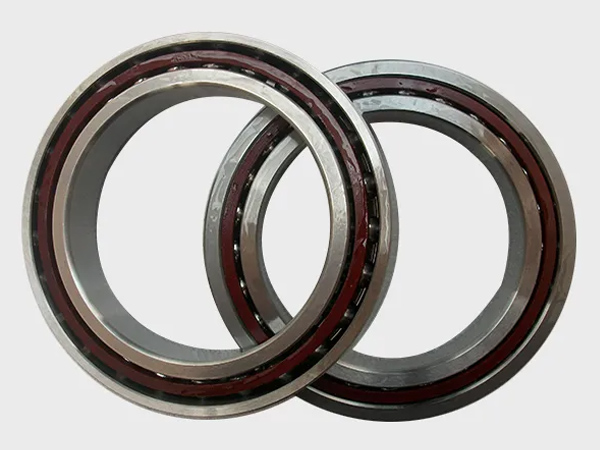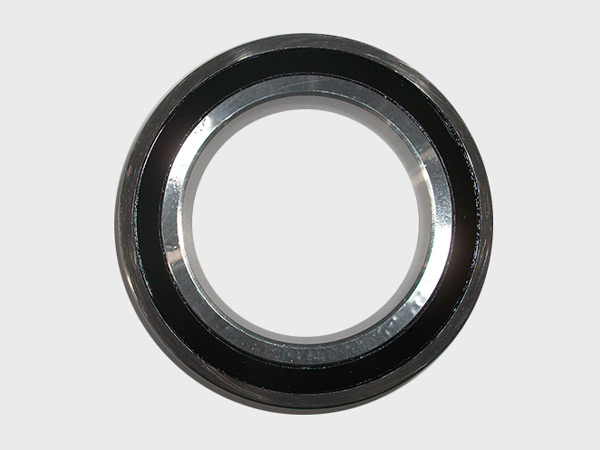Servo bearings are bearings designed specifically for servo motors. They have the characteristics of high precision, high rigidity and high speed to meet the needs of servo motors in precise control, high-speed operation and frequent start and stop. The following is a detailed introduction to servo bearings:
Servo Bearings Types and Characteristics

Servo bearings mainly include deep groove ball bearings, angular contact ball bearings, ceramic ball bearings and other types. Each type has its own unique characteristics and applicable scenarios:
Deep groove ball bearings: This is one of the most common types of bearings, with simple structure, easy maintenance, and strong load-bearing capacity. In servo motors, deep groove ball bearings are often used to bear radial loads and certain axial loads.
Angular contact ball bearings: This type of bearing can bear radial loads and axial loads at the same time, and has high speed and precision. In servo motors that require high precision and high speed, angular contact ball bearings are an ideal choice.
Ceramic ball bearings: Ceramic materials have the characteristics of low density, high hardness, high wear resistance and good thermal stability, so ceramic ball bearings have lower friction coefficients, higher speeds and longer service life. In high-end servo motors, ceramic ball bearings are increasingly widely used.
Servo Bearings Application Fields

Servo bearings are widely used in various occasions that require precise control and high-speed operation, such as:
Industrial automation: In CNC machine tools, robots, automated production lines and other equipment, servo motors are one of the core components, and servo bearings are the key to ensuring the normal operation of servo motors.
…
For more detailed information on servo bearing applications, please click here: https://www.lkwebearing.com/news-center/servo-bearing-applications.html


